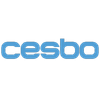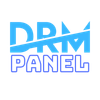
Universal MPD Player v3 DRM Script
Digital rights management (DRM) is the use of technology to control and manage access to copyrighted material. Another DRM meaning is taking control of digital content away from the person who possesses it and handing it to a computer program. DRM aims to protect the copyright holder’s rights and prevents content from unauthorized distribution and modification. DRM is increasingly important as digital content spreads through peer-to-peer file exchanges, torrent sites, and online piracy. It helps entertainment and media companies protect themselves from the cybersecurity challenges that all organizations face, such as protecting customer data, ensuring and demonstrating compliance, enhancing operational efficiency, and preventing downtime. DRM enables authors, musicians, moviemakers, and other content creators to clarify and control what people can and cannot do with their content. It also allows them to protect their copyrighted material, safeguard the creative and financial investment they put into their work, and make it impossible for their media to be stolen or shared illegally. For example, they can prevent users from accessing specific assets, so they can avoid any legal issues that could come from unauthorized usage. This is crucial to protecting copyright and intellectual property.
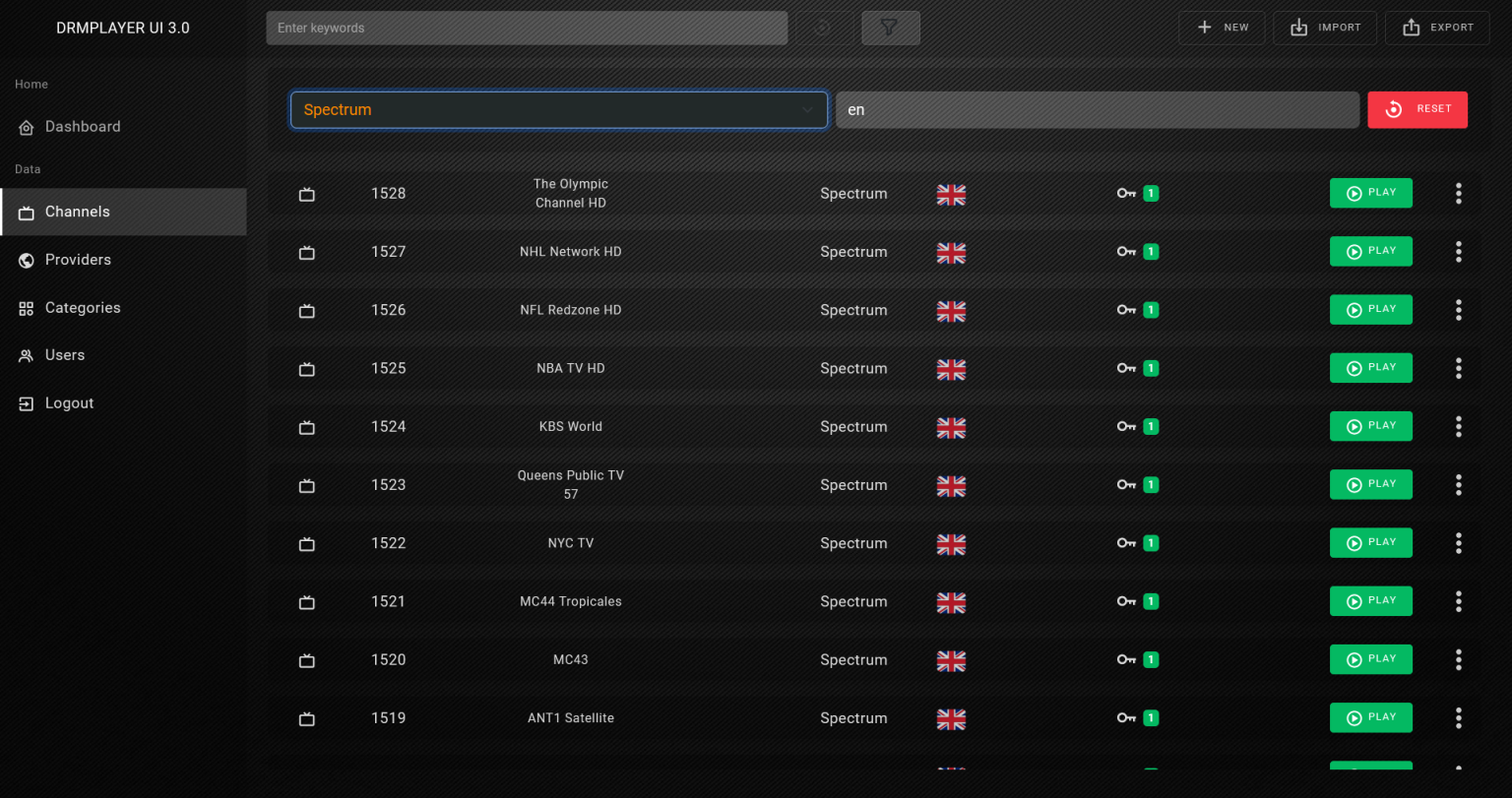
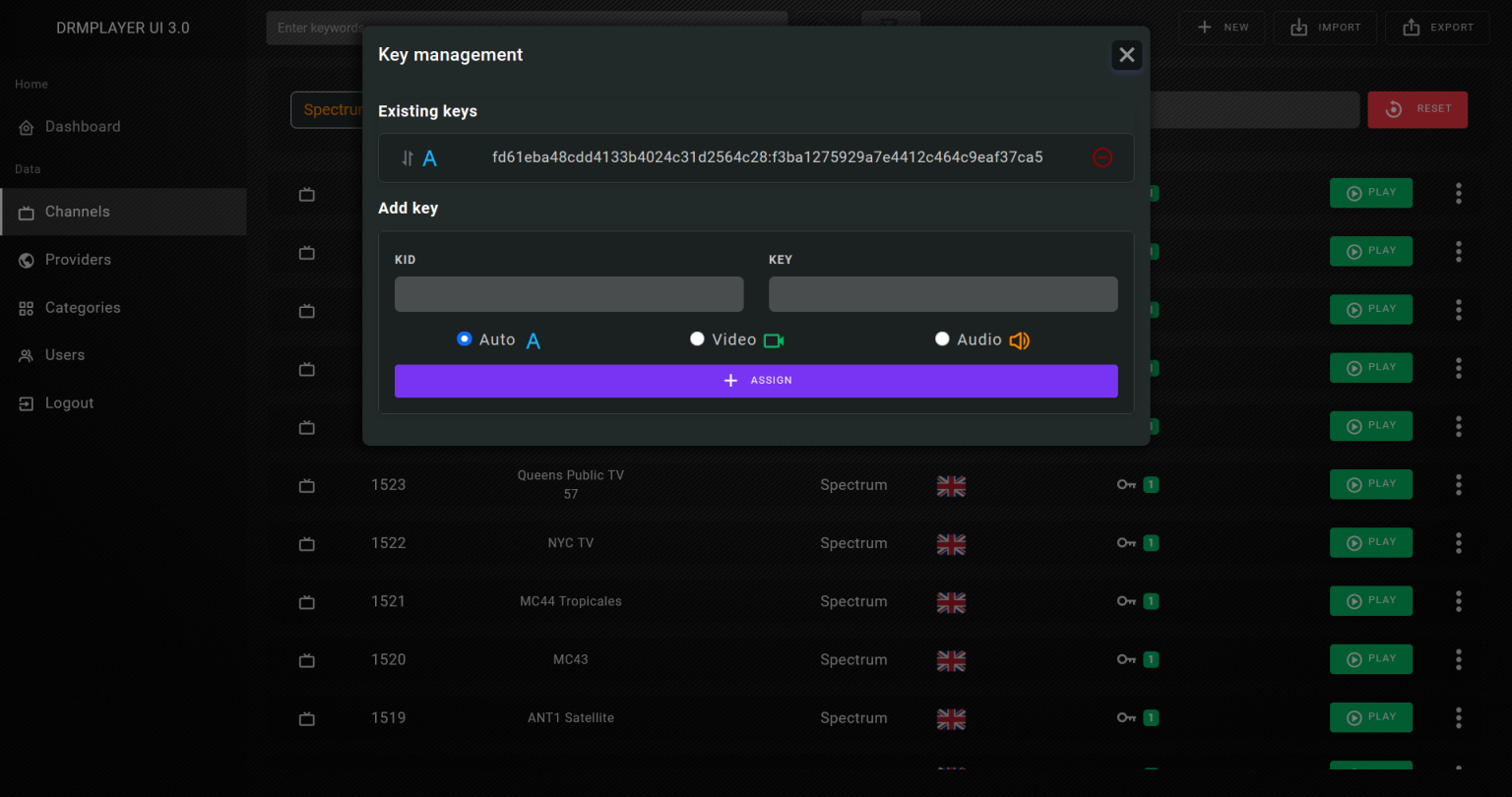
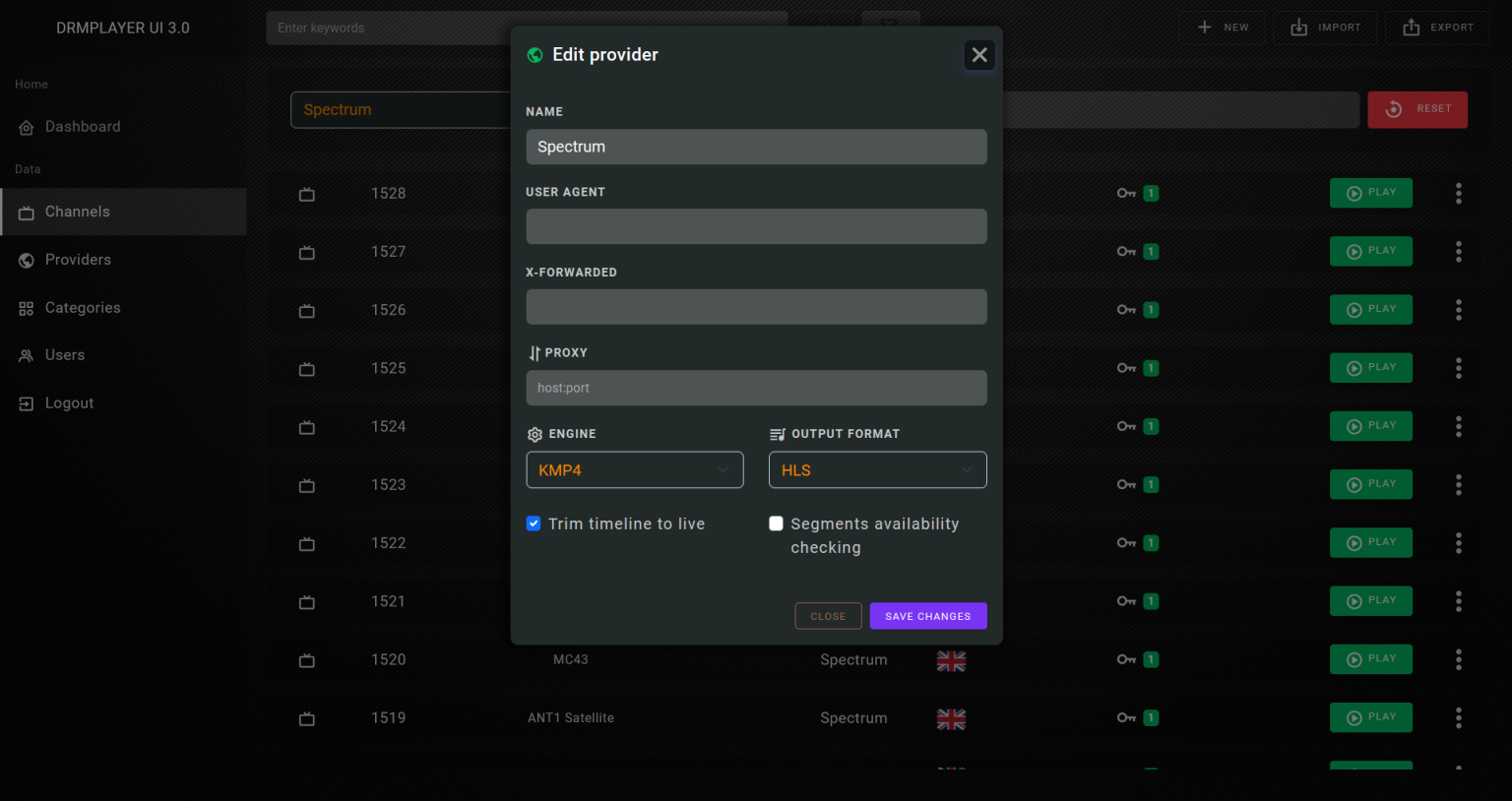
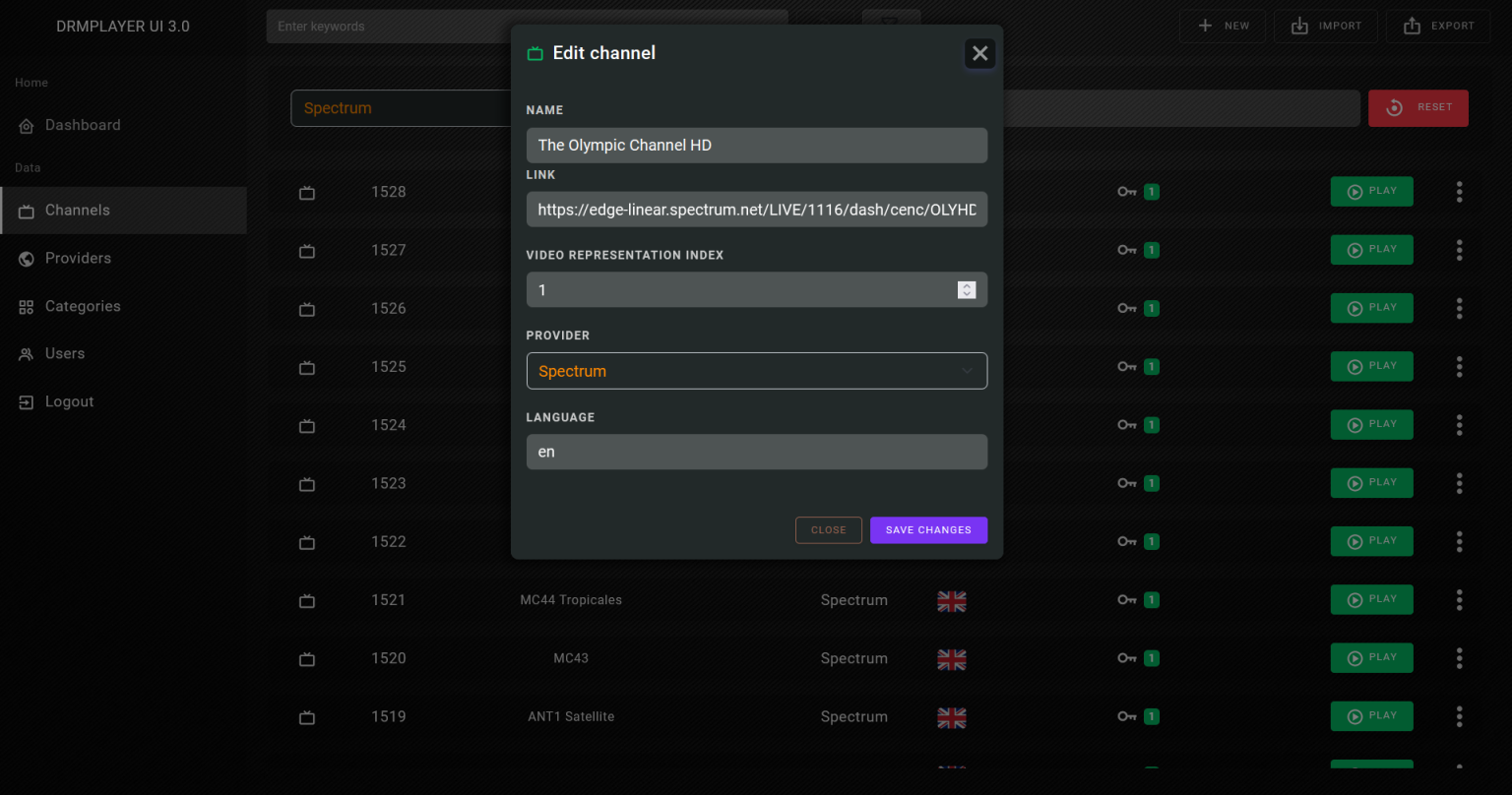
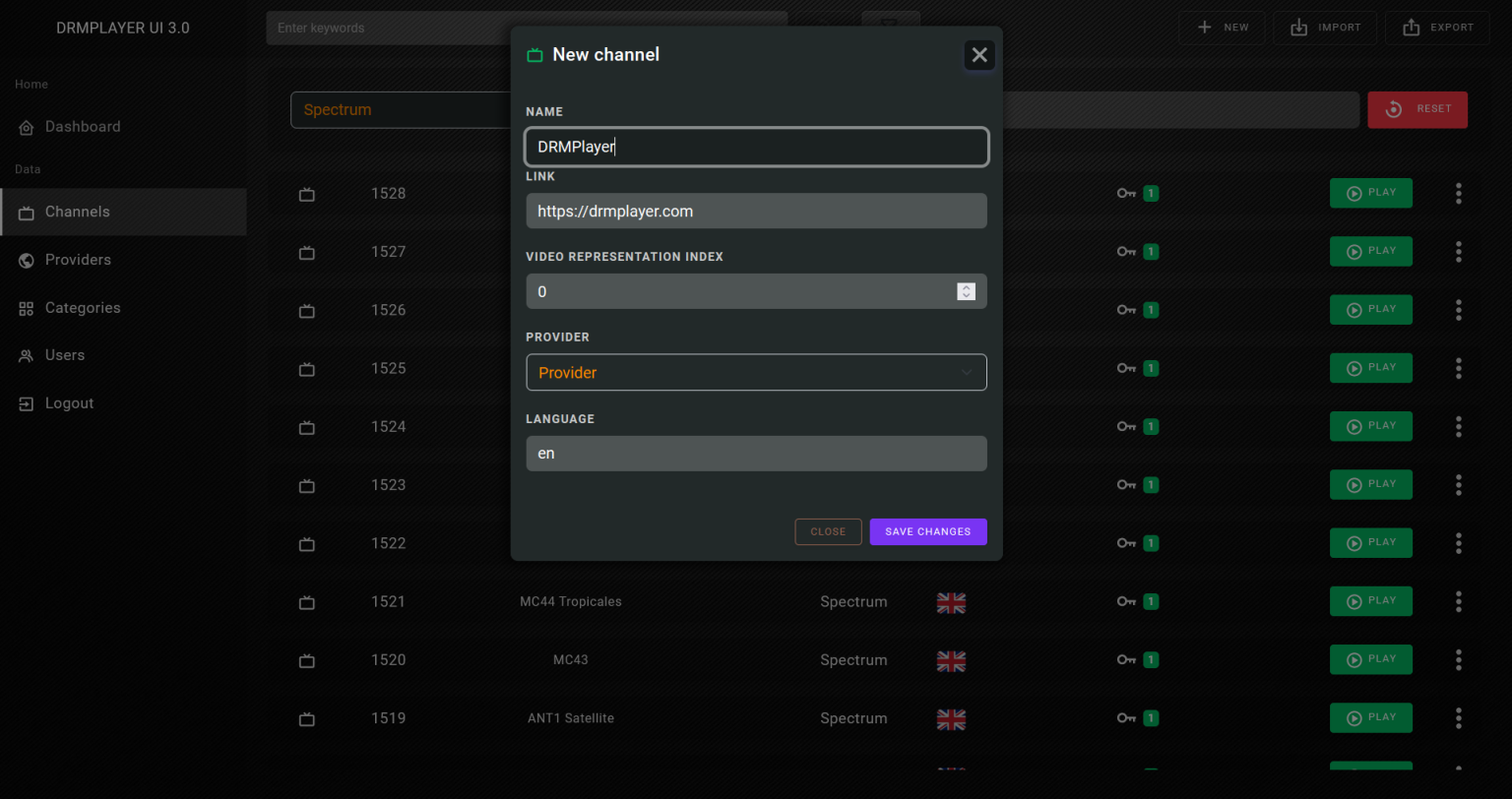
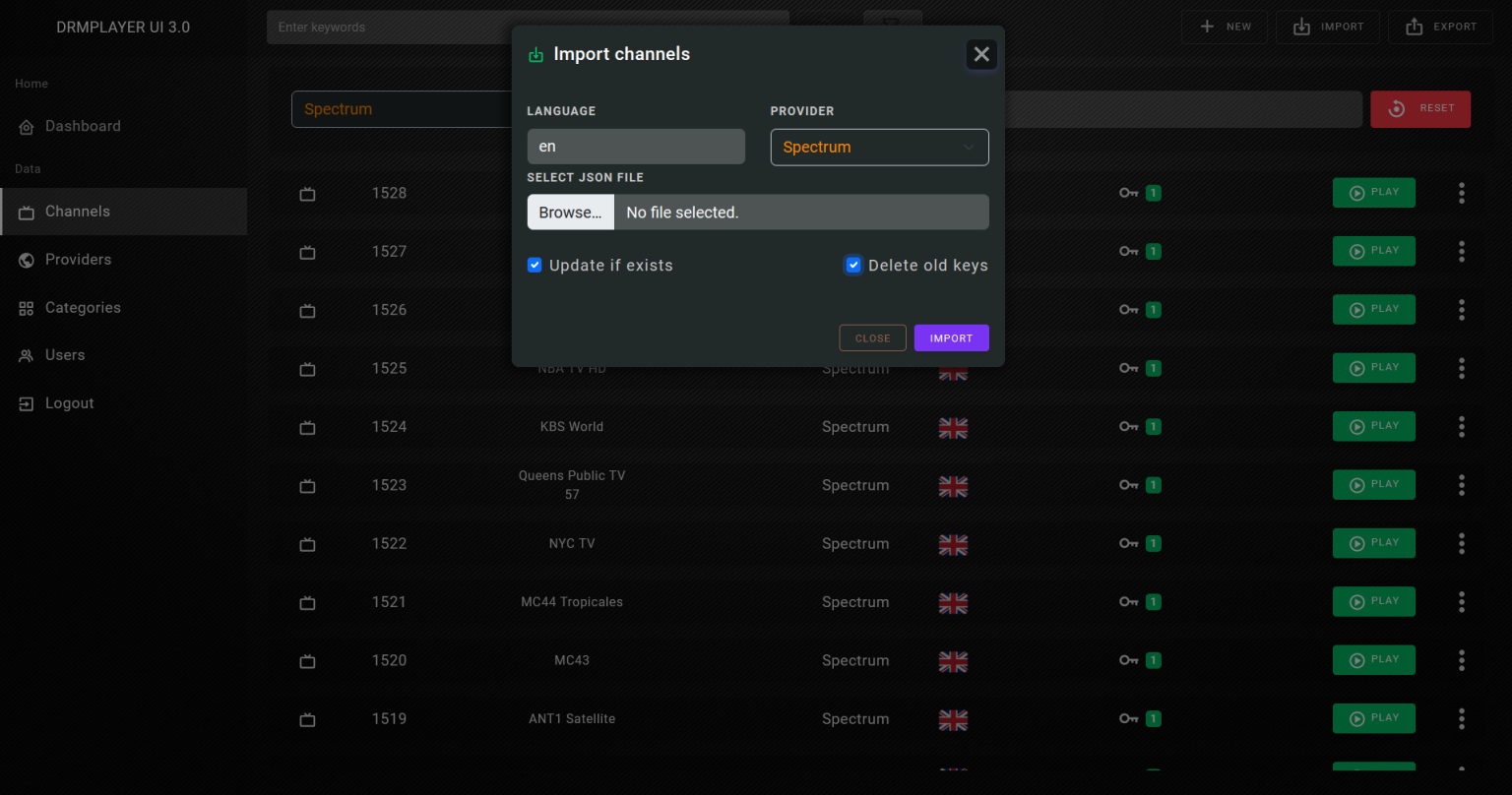
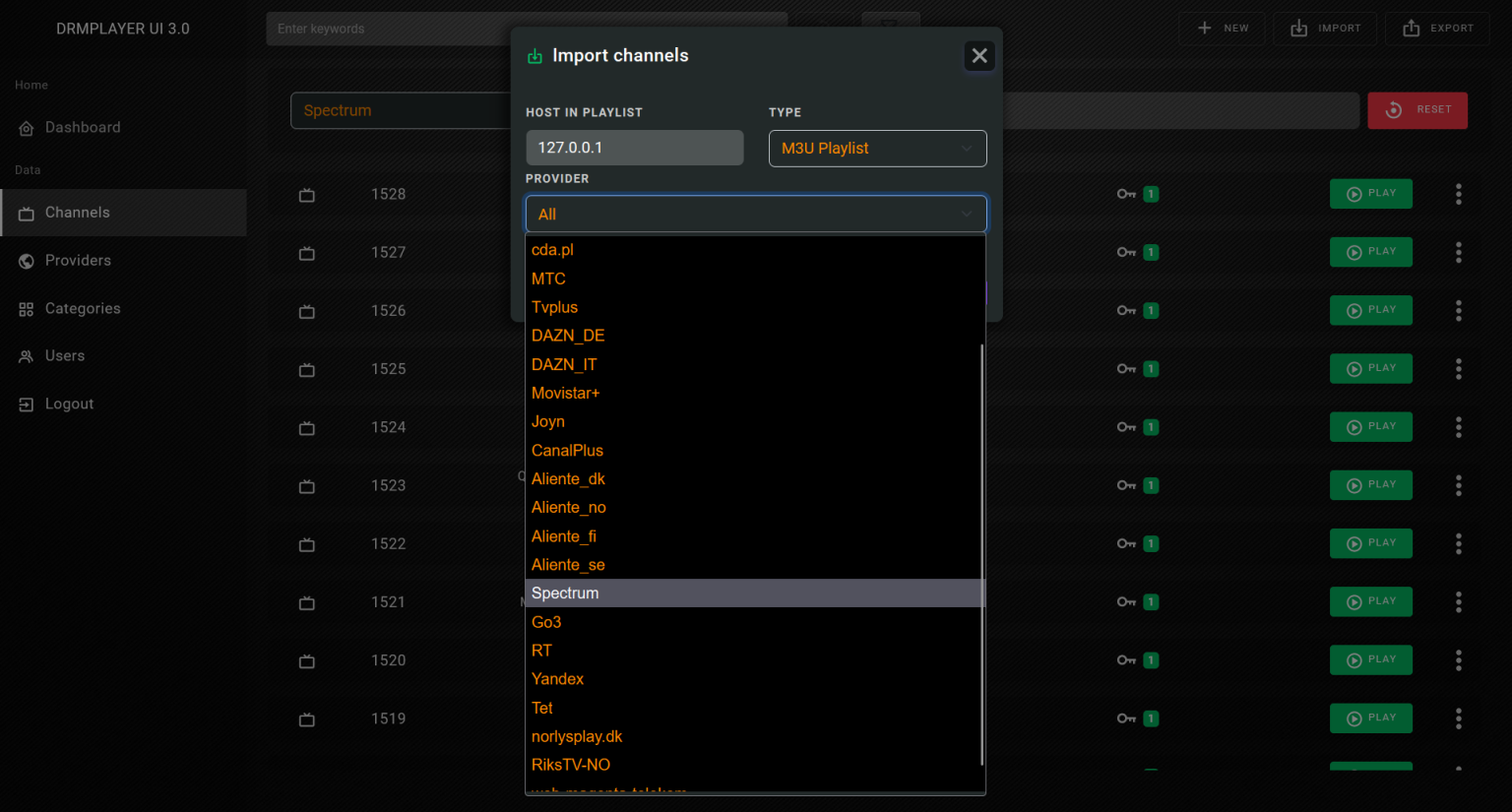
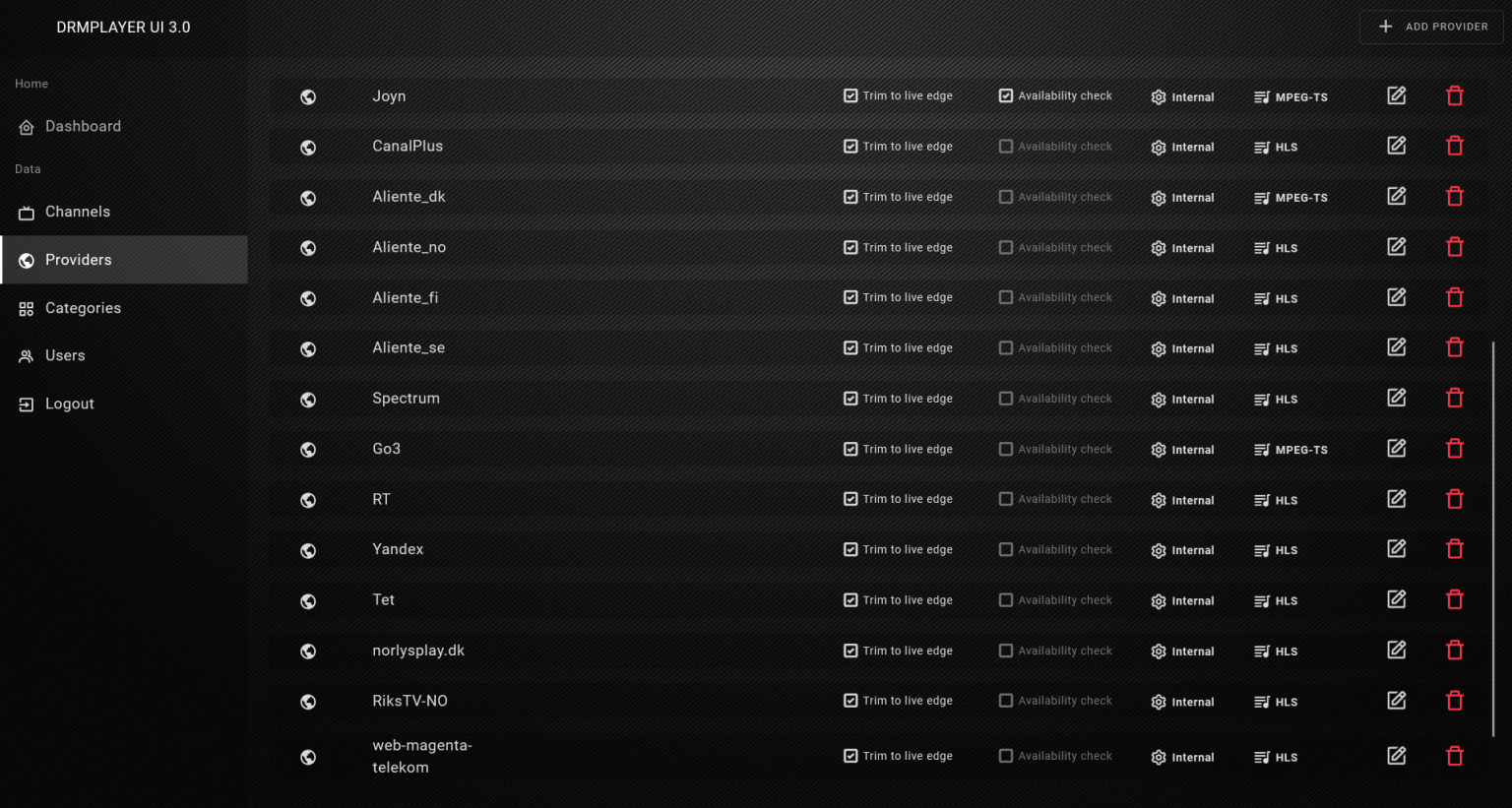
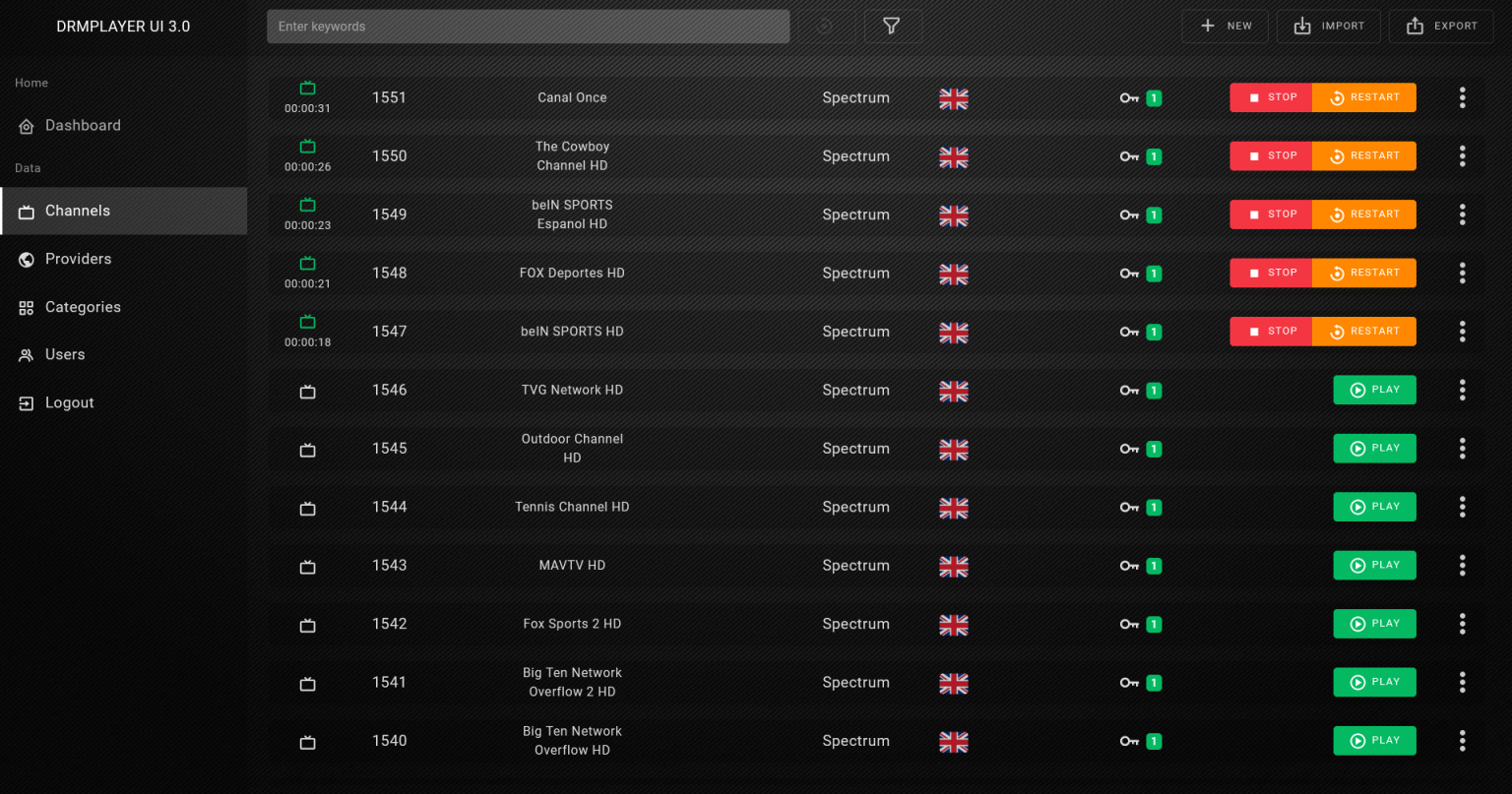
How DRM Works?
The unauthorized distribution, sharing, and modification of digital content are covered by copyright laws, but monitoring the internet to prevent illegal activity is a challenging task. DRM addresses this by putting barriers in place to prevent digital content from being stolen. DRM typically involves the use of codes that prohibit content copying or limit the number of devices a product can be accessed from. Content creators can also use applications to restrict what users can do with their material or encrypt digital media, which can then only be accessed by anyone with the decryption key. This enables content creators and copyright holders to:
DRM Software
DRM technology comes in the form of either software or hardware solutions. Both options allow content creators to prevent deliberate piracy and unintended unauthorized usage. Digital asset management platforms allow organizations to control access to any copyrighted material. They do this in several ways, including:
Main features:
- Manually add or import with .Json file mpd -key links
- HLS or MPEG-TS output
- Export m3u list or export directly to Flussonic
- FFMPEG, Internal or KMP4 decoder
- Add separate keys for Video or Audio (or automatically)
- Add providers
- Use Proxy for providers that are GeoBlocked
- User & Pass based authentication
- IP address based restriction
- Automatic reboot scheduled at different time intervals or days
- Manual restart of individual channels
- No buffer, and uptime over 20h+
- Written in java with the latest H2 database
- Installation on unlimited servers (*without license or remote activation servers)
- And much more
 REPO:SRC
REPO:SRC


